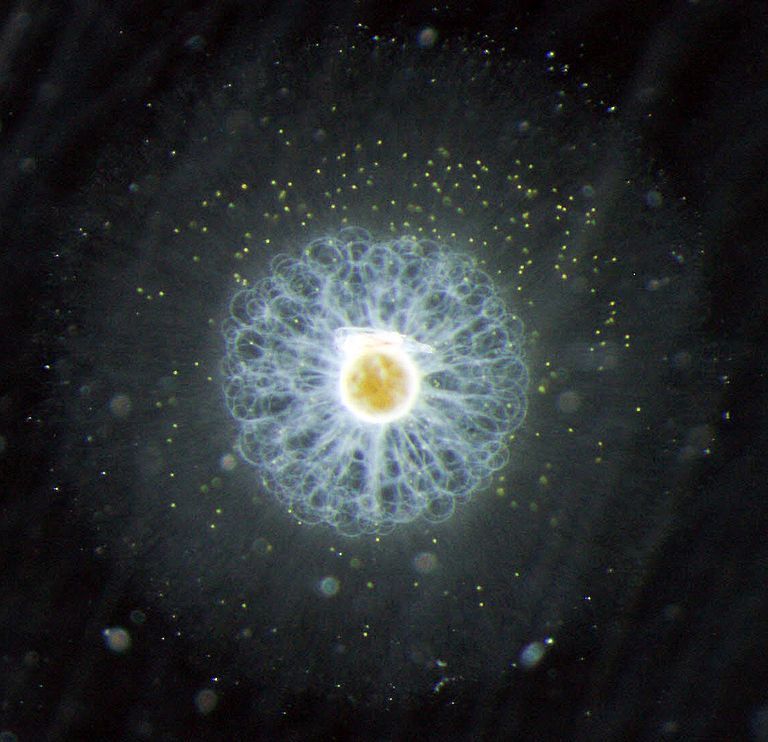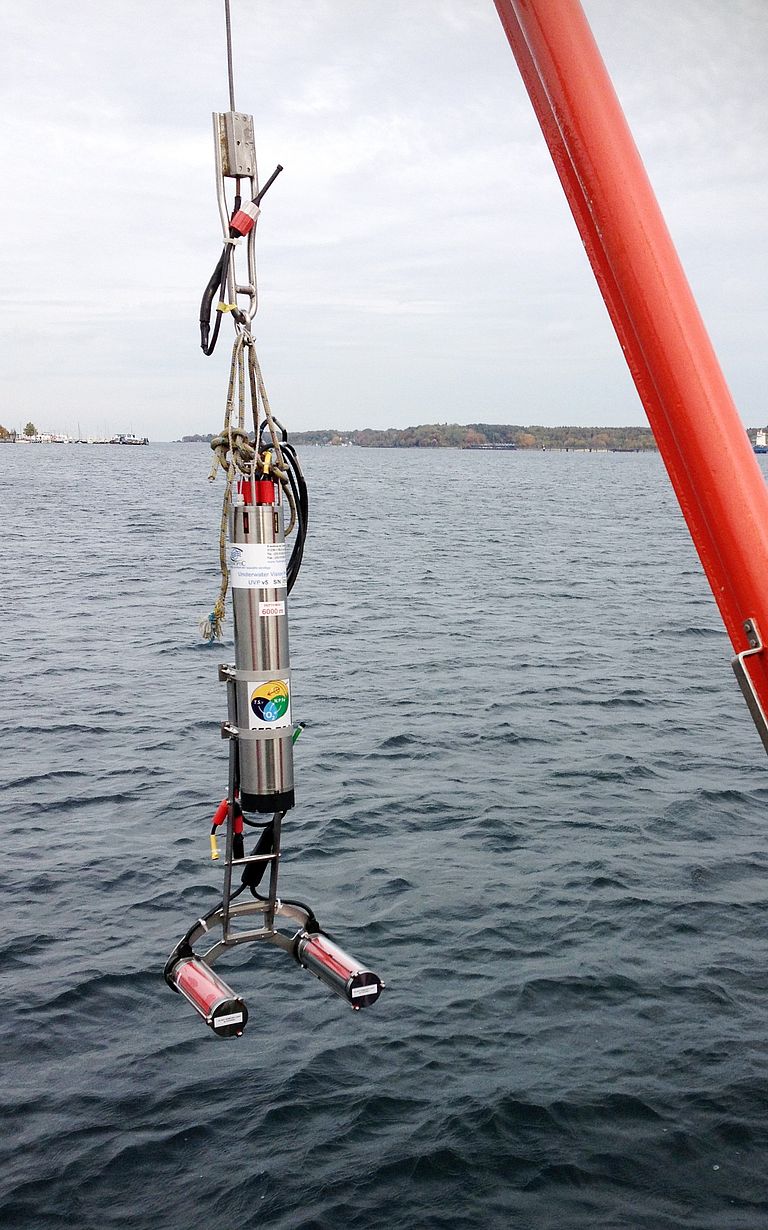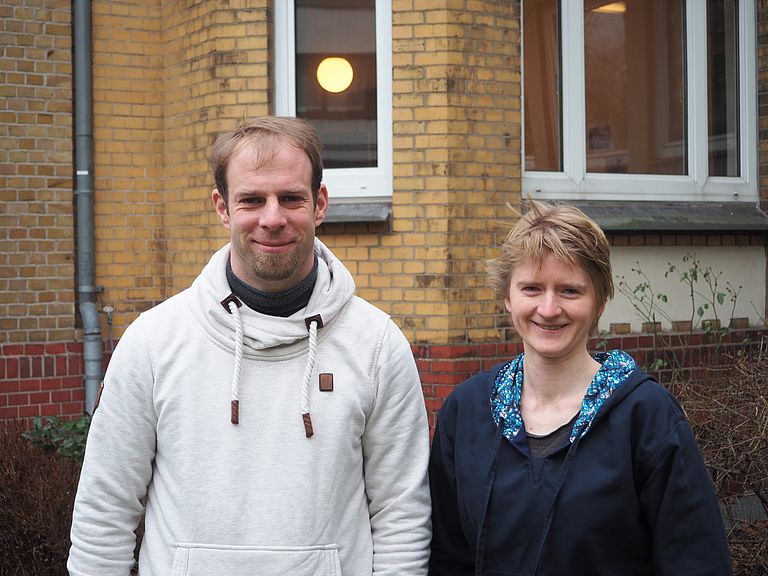The Plankton Puzzle
Marine scientists start citizen science project to reveal the secrets of unicellular organisms in the ocean
27 January 2017 / Kiel. The task is gigantic—Marine biologists from the GEOMAR Helmholtz Center for Ocean Research Kiel (Germany), Kiel University and the Observatoire océanologique, Villefranche sur Mer (France) want to sort more than 50,000 images of unicellular marine organisms belonging to the group Rhizaria, thereby determining their distribution in certain areas of the ocean. In order to reach this aim the researchers are asking for support from interested people outside the scientific community.
Non-scientists are invited to participate in the evaluation of this unique data set of marine research. All they have to do is to play a kind of memory game. On the website https://planktonid.geomar.de people are asked to compare images and allocate them to certain plankton groups. No previous knowledge is required. Computing processes in the background ensure that errors in the attribution do not affect the overall result. For example, each image must be identified at least ten times by different users before it can be incorporated into the research.
“Anyone who feels like it can make a meaningful contribution to our research and become a part of the discovery process,“ says Dr Rainer Kiko, marine biologist at GEOMAR and project coordinator of the new citizen-science project PlanktonID.
The unicellular Rhizaria belong to the zooplankton. They are an important nutrition source for fish and other larger organisms. Like other plankton groups, Rhizaria also perform other functions in the ocean. When dying and sinking to the ocean floor, they transport carbon from the surface to the deep sea, for example. Thus they play an important role in the carbon cycle of the earth and for the global climate.
In some respects, Rhizaria are unique among the marine unicellular organisms. Their size can vary between a few hundred micrometers to several centimeters. Very distinctive are their small “feet”, with which, according to newest research, they can propel themselves or catch food. However, many of the functions of the Rhizaria plankton are largely unknown, although they account for up to 81 percent of the zooplankton in some regions of the ocean.
“Research with new imaging techniques helps us to better understand processes in the ocean and identify changes. At present more than 50,000 images of Rhizaria organisms are available, which must be classified. Without the help of interested people, this work would take years,” says Dr Kiko.
Rhizaria are very sensitive and difficult to explore, which is why the scientists from Kiel depend on image material from the ocean and in particular from the deep sea. For the current data set of around 11,000 pictures, which is to be investigated as part of the citizen science project, a newly-developed underwater camera, which shoots between six and 11 images per second, was deployed off Angola, Namibia and Mauretania. More images were collected off Peru and are being prepared for evaluation on planktonid.geomar.de.
“We hope to involve as many people as possible in our project and to learn more about the secrets of the ocean together with them,” says project coordinator Svenja Christiansen from GEOMAR. “All you need is good eyes, a bit of care and a computer.”
The Citizen Science project "PlanktonID" is funded by the Cluster of Excellence “The Future Ocean” and is supported by the GEOMAR Helmholtz Center for Ocean Research Kiel, the Collaborative Research Center 754 “Climate-Biogeochemical Interactions in the Tropical Ocean" and supported by the German Citizen Science platform “Bürger schaffen Wissen”.
Please note: The English version of the website is shown if your browser language settings have English set preferred to German
Bildmaterial in höherer Auflösung:
A unicellular organism Thalassicolla caerulea. Photo: Tristan Biard, Scripps Institution of Oceanography, San Diego
With this Underwater Vision Profiler many of the Rhizaria photos were taken. Photo: Rainer Kiko, GEOMAR
The project coordinators Dr. Rainer Kiko and Svenja Christiansen from GEOMAR. Photo: Trystan Sanders, GEOMAR
Contact:
Jan Steffen (GEOMAR, Communication and Media), Tel.: +49 431 600-2811, presse(at)geomar.de
Friederike Balzereit (“The Future Ocean“, Public Outreach), Tel.: +49 431 880-3032, presse(at)ozean-der-zukunft.de presse(at)ozean-der-zukunft.de






